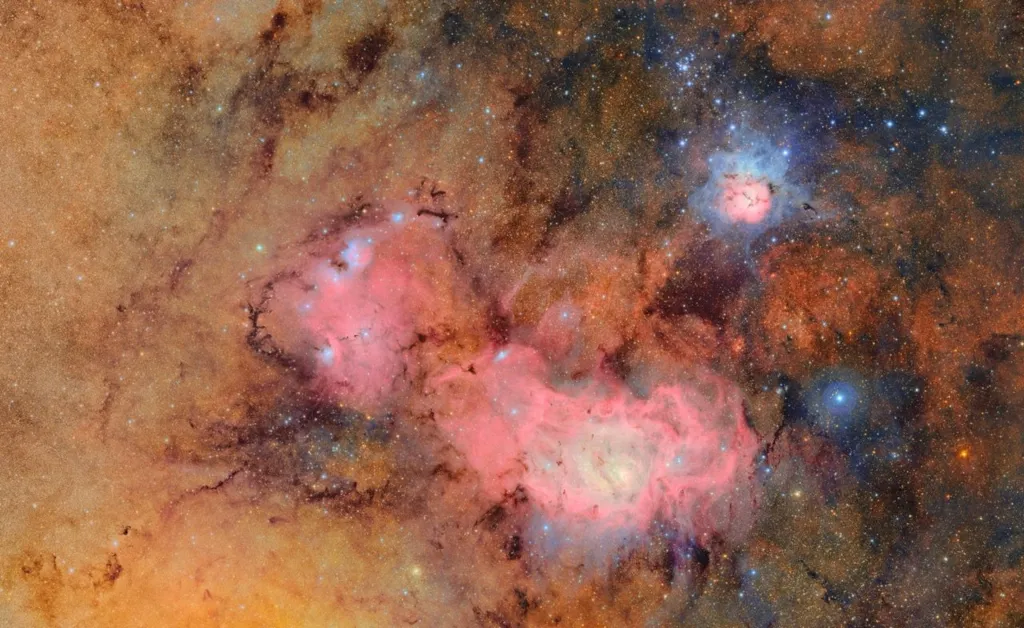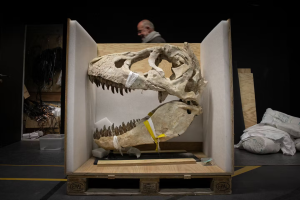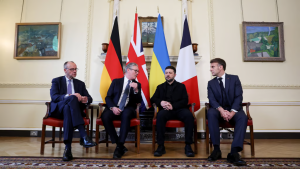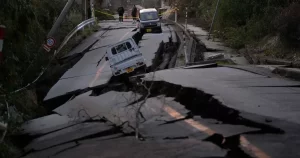Ever wondered what the universe looked like billions of years ago?
Meet the Vera C Rubin Observatory in Chile—armed with the world’s most powerful digital camera, it’s about to show us.
And its first images? Stunning. Swirling clouds of gas and dust, 9,000 light-years away, lit up in breathtaking color.
But this telescope isn’t just here to take pretty pictures.
It’s hunting for killer asteroids and mapping the Milky Way.
And—get this—it might even find the elusive “Planet Nine” lurking at the edge of our solar system.
What’s Unique About It?
In just 10 hours, it spotted over 2,000 new asteroids. Usually, that takes other observatories a year.
“It’s transformative,” says Durham University’s Prof. Alis Deason. “It will fuel what we do for many, many years.”
This isn’t a snapshot—it’s a 10-year movie of the southern sky, with an image taken every 40 seconds.
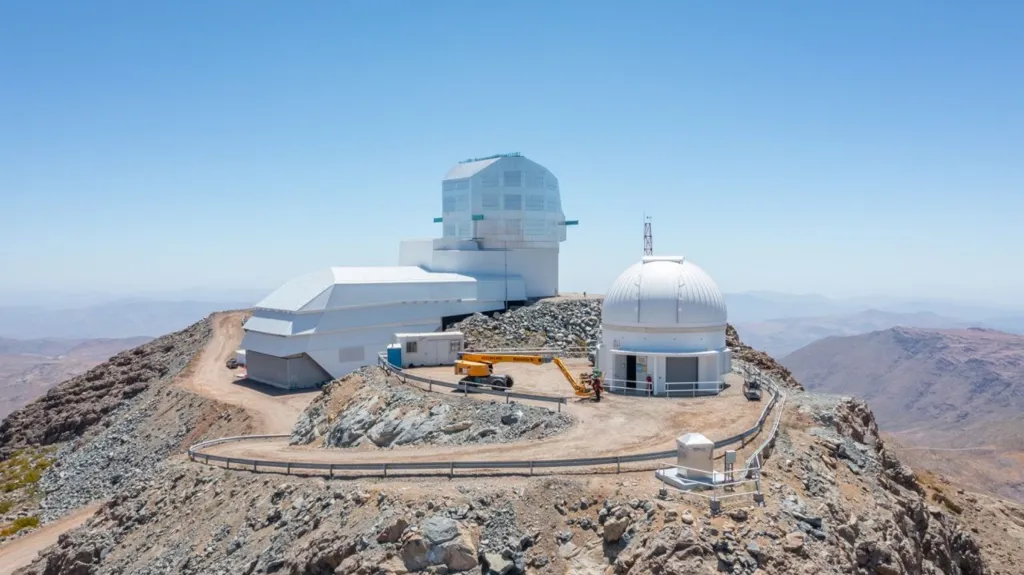
Its camera? A mind-boggling 3,200 megapixels. Sharp enough to spot a golf ball on the Moon.
For astronomers like Prof. Catherine Heymans, it’s the culmination of decades of work. “I’m so ready for it,” she says.
With every flash of its lens, the Vera Rubin Observatory might just rewrite our understanding of space.
And maybe, finally, solve some of the universe’s biggest mysteries.

